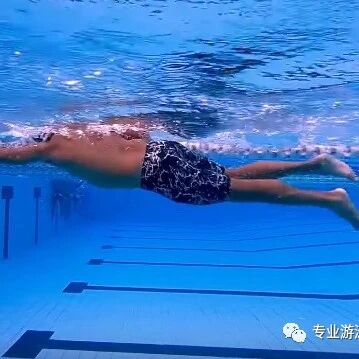How do you stay afloat for long periods? Neither the egg-beating stroke nor the frog kick is as effective as letting yourself float naturally.
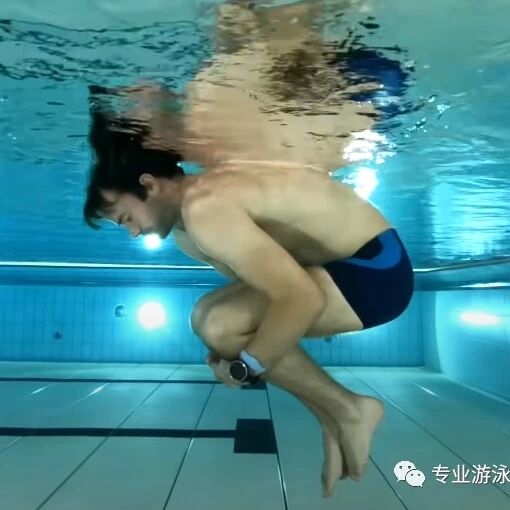
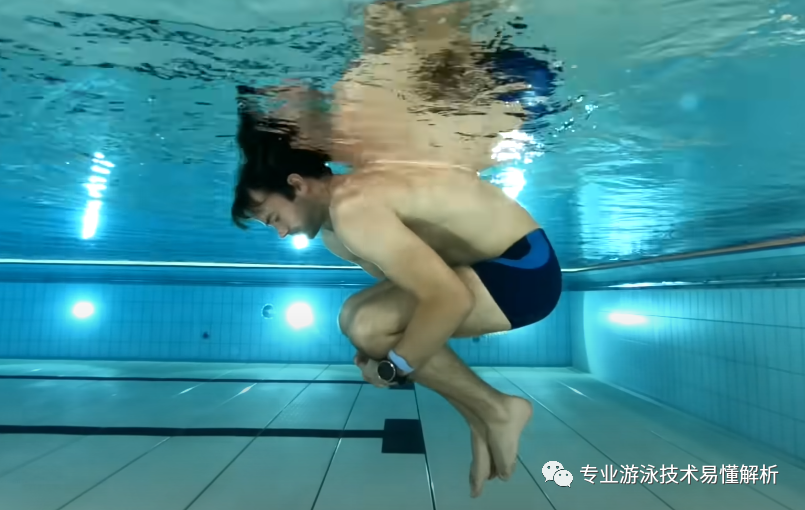
1. Before learning to float, first relax yourself.
When first learning to float on the surface, practice suspending yourself in the water at chest-deep in a pool. Start by taking a gentle breath—don’t open your mouth wide; just inhale softly, as you would during normal breathing. Keep your eyes focused downward into the water, bend your knees slightly, and gently wrap your arms around them without tensing up. Feel how your body naturally rises to the surface. Once you’ve achieved this, slowly release your hands from your knees and avoid rushing to lift your head right away. Instead, keep your gaze fixed on your feet until you’re securely planted on the pool floor. Then, let your neck relax completely before slowly and calmly raising your head above the water. Repeat this exercise several times to help your body gradually loosen up. Afterward, move to shoulder-deep water in the pool and continue practicing until you feel confident enough to lift your head steadily and calmly, without any lingering fear or anxiety about being underwater.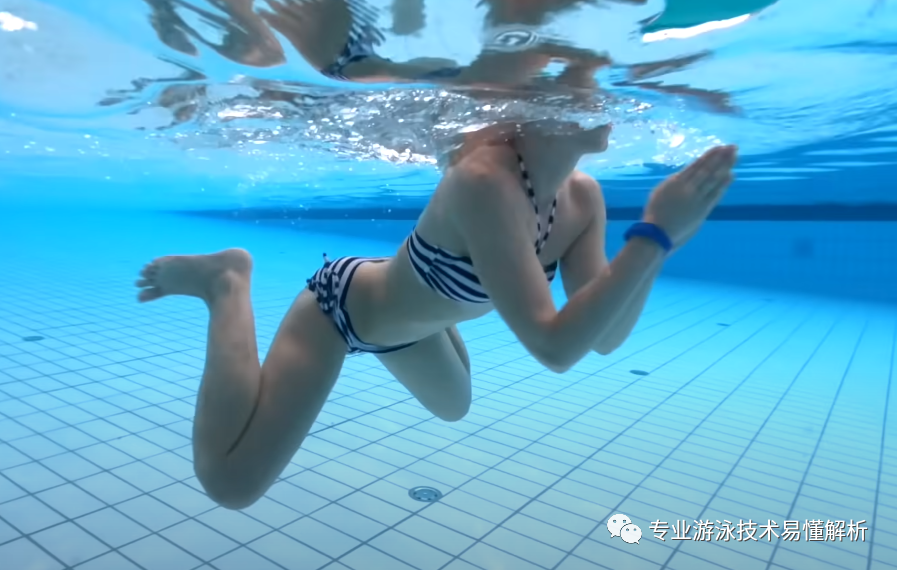
2. At its core, kicking water involves pressing it downward.
Whether using your hands or feet, applying downward pressure on the water—pushing it downward—creates an upward reaction force, allowing your body to float toward the surface. However, this reaction force is entirely distinct from buoyancy. Why is it important to distinguish between the two? Because the key to sustained treading water lies not in the reaction force, but in the buoyant force provided by the water itself.
When first learning to float on the water, beginners often rush to stay afloat by forcefully kicking their legs downward and pressing their hands firmly into the water. This combined effort not only leads to excessive strain but also causes the movement frequency to become too rapid, quickly depleting energy—and before long, they simply run out of strength. That’s why the key to mastering this technique is relaxation: it’s about letting the buoyancy of the water do its job, rather than artificially forcing or overexerting yourself.
There are many ways to perform the survival swim—using just your hands, just your legs, or combining both. Typically, in deep-water tests, you’ll be asked to keep your hands above the water surface, ideally even raised higher than shoulder level, while maintaining the swim for about two minutes. The frog kick is the preferred, instinctive technique for staying afloat. Meanwhile, the eggbeater kick actually mimics a movement where your legs and arms work in tandem: first, you push your feet outward, then draw your knees inward—similar to how your arms sweep outward from the sides of your chest before pulling them back toward the center. And when using long flippers, you can adopt the freestyle kick style to stay buoyant.
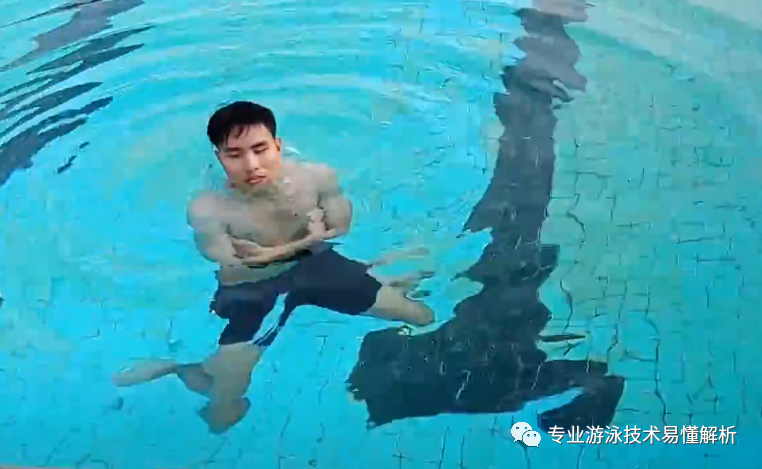
3. The key to mastering the sculling technique lies in moving with the water's flow.
As mentioned earlier, sculling involves actively pushing water downward with your legs, which isn’t sustainable for long. To stay afloat comfortably and prevent sinking over time, you must rely on the buoyancy of the water—so when sculling, let your movements naturally follow the sensation of buoyancy. As your body rises to the surface, gently tap the water rather than pressing hard; excessive force will only cause you to sink deeper. The key to maintaining balance in the water is not continuous, but rather intermittent sculling—focusing instead on effortless breathing and ensuring your body doesn’t descend below the surface.
When swimming outdoors, it’s often necessary to replenish energy in the water—whether by drinking or eating—and this is best done while treading water. In such situations, the egg-beating stroke is typically preferred over the frog kick, as the frog kick can cause you to bob up and down, making it harder to eat or drink comfortably. While the egg-beating stroke may lead to some side-to-side movement, it keeps your head consistently above the water. Plus, when using one leg to tread, the other leg can briefly relax and rest—a benefit not available with the simultaneous frog kick. As a result, alternating between legs offers a more relaxed, effortless rhythm compared to the steady but exhausting pace of the frog kick. Of course, once you master the frog kick, you can maintain your head above water continuously—but doing so requires significantly more energy and isn’t ideal for extended periods of activity.
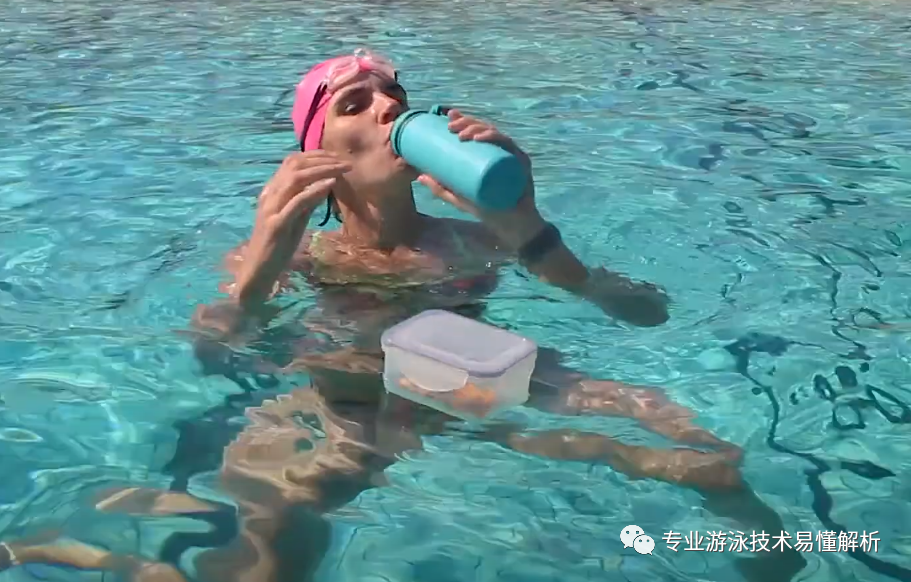
One WeChat official account shares swimming tips, while another focuses on software insights, online resources, and reading experiences.
Thank you for your supportive and encouraging likes, as well as the comments that spark meaningful conversations—and even more, we’d love to see those shares and retweets!
Related Articles
Detailed analysis of the full-immersion swimming concept, helping you truly master the techniques and principles of this unique swimming style.
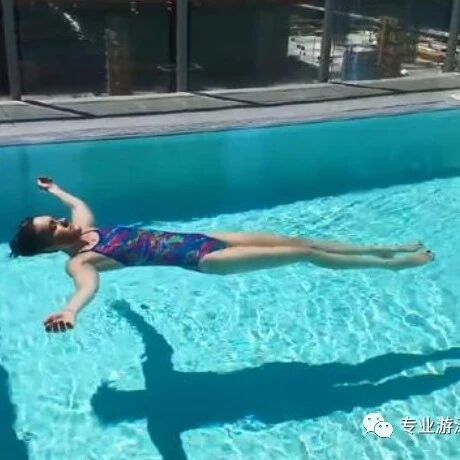
You can’t treat the symptom without addressing the root cause. When it comes to fixing the problem of your freestyle legs sinking, the biggest mistake is using your legs to splash the water—this only makes matters worse.
